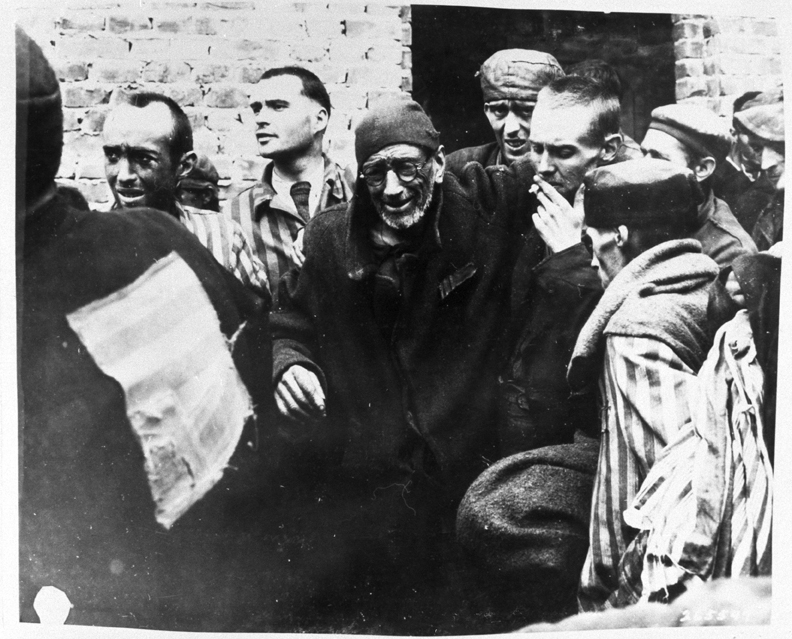Death Marches and "Reception Camps"
Death Marches
During the clearances of the camps, the SS crammed between 50 and 100 prisoners into goods carriages. On these transports, which sometimes took over a week, the prisoners were given little or no food and water. Because of damaged tracks or the constantly changing position of the frontlines, the trains were often unable to reach their planned destinations and spent days travelling aimlessly around the network. Many prisoners died of starvation or disease and were buried beside the tracks during breaks in the journey. If a transport by rail was not possible, the prisoners were herded out of the camp on foot. For these torturous marches, which went on for days, the prisoners were given no provisions or suitable footwear, and many of them died as a consequence. Those who collapsed or could not keep up were shot by the guards.
"Reception Camps"
The destination of most transports were the so-called "reception camps". Around 9,000 prisoners were taken to Sandbostel POW camp near Bremervörde. Most of these prisoners came from the Bremen satellite camps, as well as from some of the Hamburg satellite camps, and many sick prisoners from other satellites were also sent there. More than 8,000 prisoners were transported to Bergen-Belsen concentration camp. The main groups represented here were Jewish women, sick prisoners from the maincamp, and prisoners from the satellites in the Hanover region. Around 5,000 prisoners, predominantly from the satellite camps in the Braunschweig and Salzgitter region, ended up in Wöbbelin satellite camp near Ludwigslust. In these three camps, prisoners were simply left to die, with thousands perishing of hunger and disease. Approximately 1,000 prisoners died in Wöbbelin, and around 3,000 in Sandbostel. Many Neuengamme prisoners were among the 25,000 people who died in Bergen- Belsen shortly before and during the first weeks after liberation is unknown.
